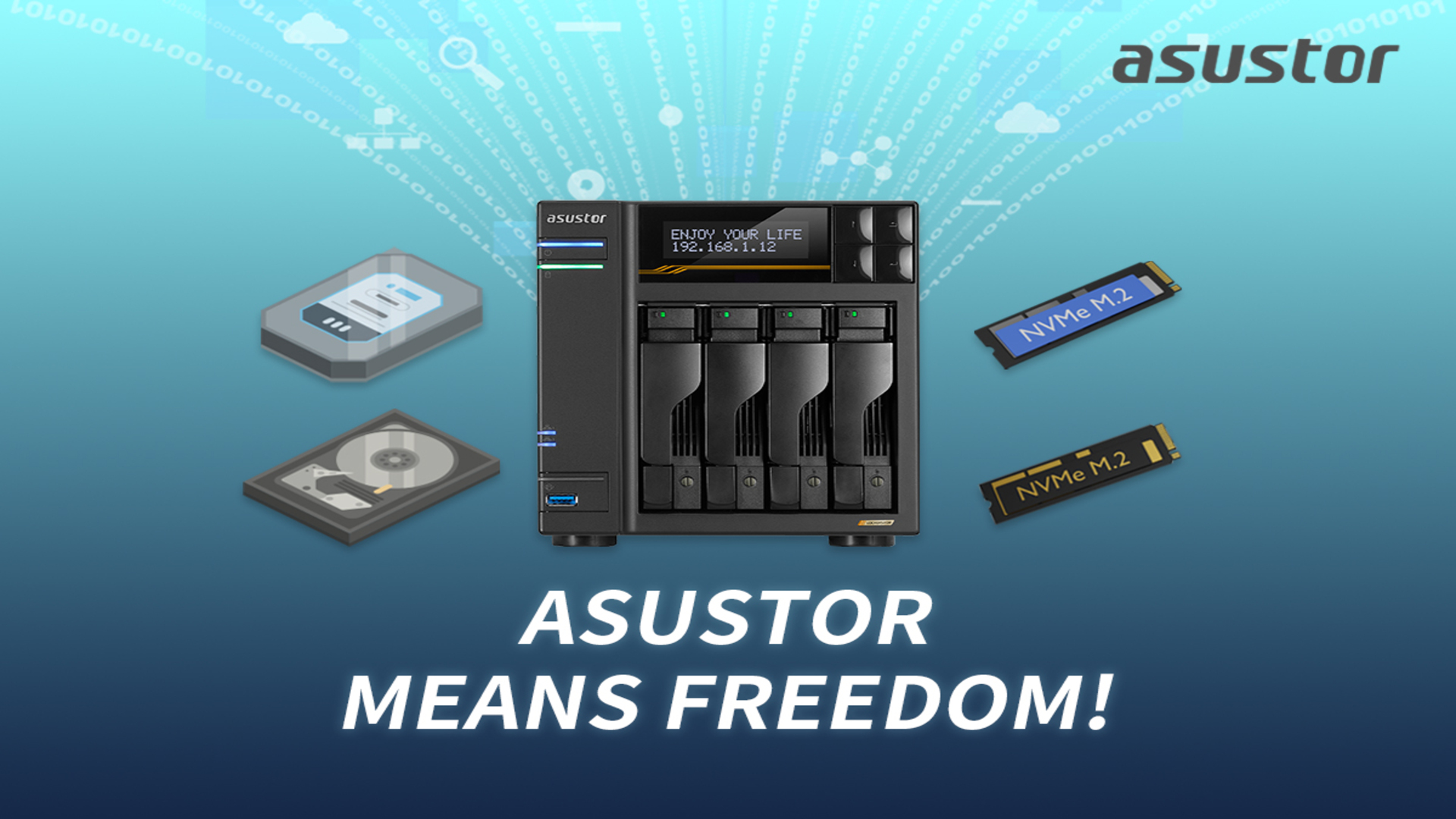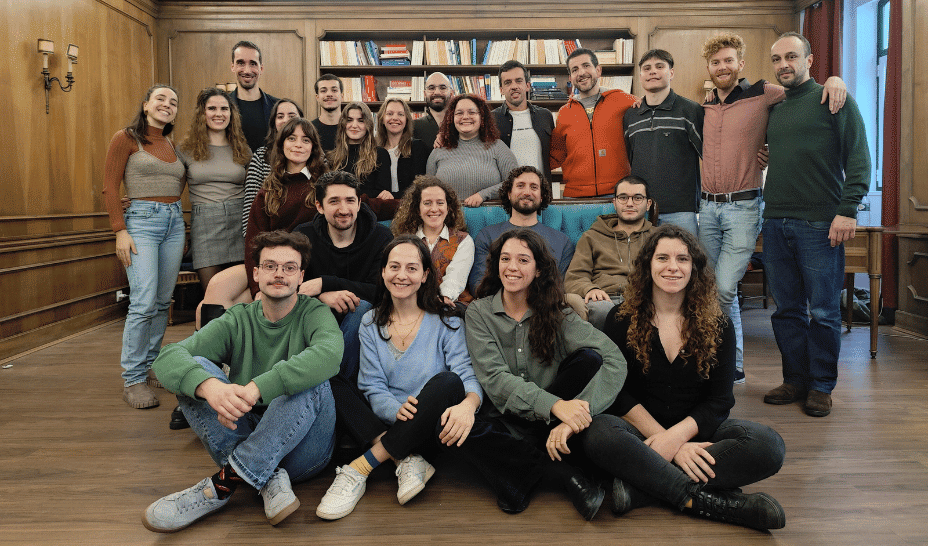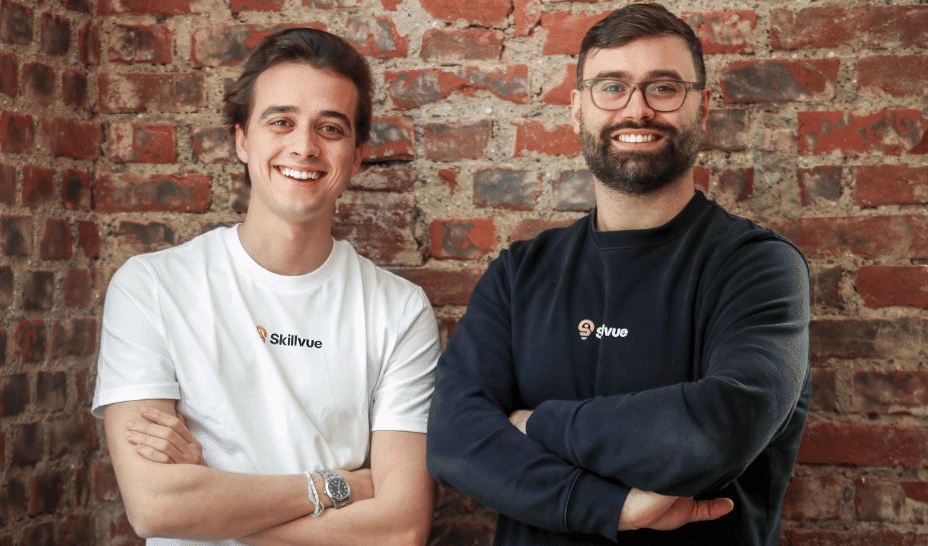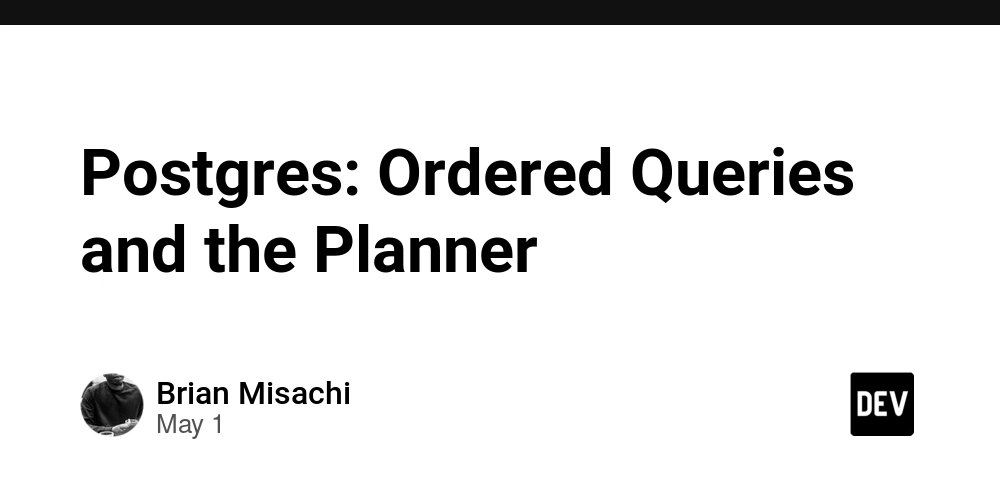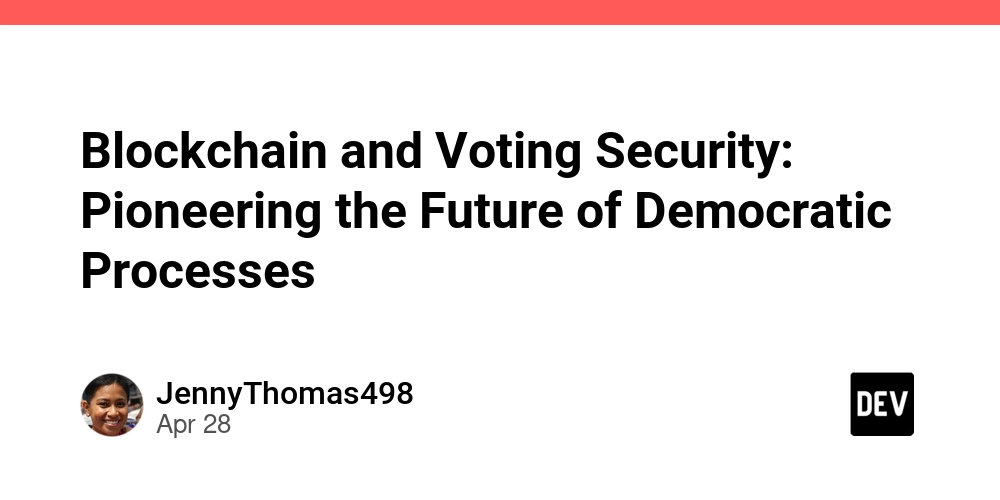Innovative Funding Through Tokenized Licenses for Open Source Projects
Abstract: This post explores the revolutionary funding model for open source projects through tokenized licensing, specifically the Open Compensation Token License (OCTL). We cover the background of open source funding, detail core concepts and features of token royalties, and highlight practical examples, challenges, and future trends. Whether you are an open source developer, maintainer, or investor, this guide offers actionable insights into sustainable project funding and monetization. Introduction Open source software has reshaped technology development with collective collaboration and code sharing. Despite its success, many projects struggle to secure reliable funding. Traditionally, grants, sponsorships, and donations play an essential role, yet these methods often fall short, especially as projects scale and require ongoing support. The introduction of the Open Compensation Token License (OCTL) offers a promising alternative that links funding directly to usage through token royalties and other innovative mechanisms. This post examines the OCTL model while also discussing various traditional and digital avenues of open source funding. We will delve into background information, core features, and practical applications. In addition, we reference authoritative sources such as the OCTL whitepaper and several related funding strategies to provide a well-rounded perspective. Background and Context History of Open Source Funding Open source software started as a collaborative, volunteer-driven movement. Early projects were sustained by academic communities and hobbyists, but as usage grew, so did the need for sustainable revenue models. Organizations such as the Mozilla Foundation and Linux Foundation began offering grants to support open source developments. Later, models like GitHub Sponsors and platforms such as Open Collective emerged to connect developers with corporate and community donors. What is OCTL? The Open Compensation Token License (OCTL) is a novel approach that leverages blockchain technology to tokenize open source licenses. By infusing traditional software licenses with a compensation mechanism via digital tokens, OCTL aims to reward developers directly as their software sees increased use. This mechanism—often referred to as token royalties—creates a direct financial incentive tied to the actual impact of the project. The OCTL model extends beyond grants and donations. It marries the fairness of open source with modern funding techniques, offering potential benefits such as: Decentralized revenue streams without relying solely on charitable contributions. Automatic compensation with token-based royalties. Blockchain transparency which ensures accountability and traceability of funds. For more details, refer to the original article on Innovative Funding for Open Source Projects. The Ecosystem of Funding Methods The open source funding ecosystem today involves diverse approaches and multiple stakeholders: Grants: Funding from foundations and organizations like the Mozilla Foundation or initiatives like Google Summer of Code. Crowdfunding: Platforms such as Kickstarter and Indiegogo allow communities to support specific projects. Sponsorships: Corporate sponsorship via platforms like GitHub Sponsors or the Open Source Collective. Monetization Strategies: Open-core business models, consultancy services, and now emerging token-based royalties via OCTL. This ecosystem is further enriched by discussions in the developer community – for example, on Dev.to and other platforms, where experts explore sustainable funding models for open source projects. Core Concepts and Features Key Components of OCTL and Other Models Below is a table summarizing the funding methods and key features for open source projects: Funding Model Key Features Examples/Links Grants & Sponsorships Direct funding from institutions and corporate sponsors Mozilla Foundation Grants, GitHub Sponsors Crowdfunding Community-driven funding model via public platforms Kickstarter, Indiegogo, Open Collective Open-Core Monetization Freemium model: core software is free; advanced features are premium Red Hat's business model Token Royalties (OCTL) Automatic compensation via blockchain-based token distribution for usage OCTL Whitepaper How OCTL Works The OCTL model integrates blockchain technology with traditional software licensing. Here’s how it works, broken down into simple, clear steps: Tokenization of the License: The software license is enhanced with a digital token element. Usage Tracking: As users interact with a project, its usage is recorded on a blockchain. Automatic Royalties: Based on usage metrics, token royalties are distributed to the developers and maintainers. Transparent Transactions: Blockchain ensures that every transaction is transparent and verifiable, enhancing trust
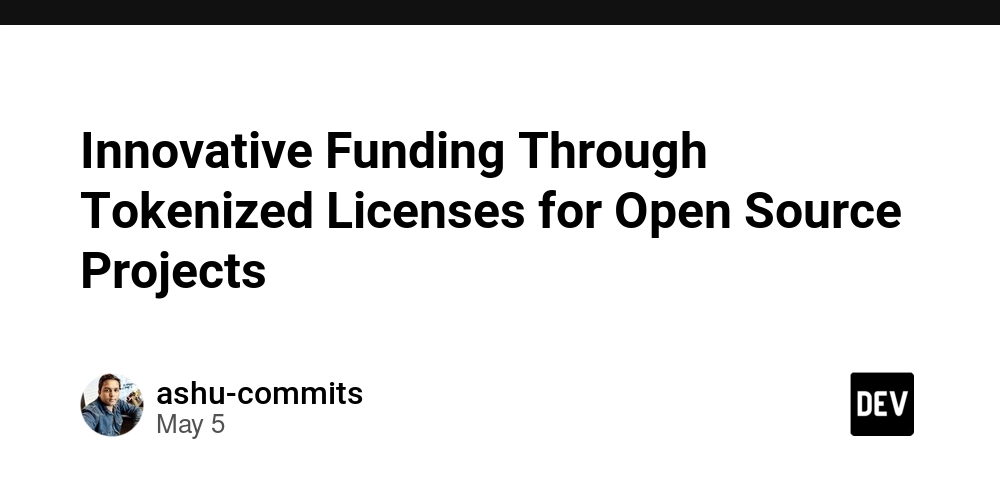
Abstract:
This post explores the revolutionary funding model for open source projects through tokenized licensing, specifically the Open Compensation Token License (OCTL). We cover the background of open source funding, detail core concepts and features of token royalties, and highlight practical examples, challenges, and future trends. Whether you are an open source developer, maintainer, or investor, this guide offers actionable insights into sustainable project funding and monetization.
Introduction
Open source software has reshaped technology development with collective collaboration and code sharing. Despite its success, many projects struggle to secure reliable funding. Traditionally, grants, sponsorships, and donations play an essential role, yet these methods often fall short, especially as projects scale and require ongoing support. The introduction of the Open Compensation Token License (OCTL) offers a promising alternative that links funding directly to usage through token royalties and other innovative mechanisms.
This post examines the OCTL model while also discussing various traditional and digital avenues of open source funding. We will delve into background information, core features, and practical applications. In addition, we reference authoritative sources such as the OCTL whitepaper and several related funding strategies to provide a well-rounded perspective.
Background and Context
History of Open Source Funding
Open source software started as a collaborative, volunteer-driven movement. Early projects were sustained by academic communities and hobbyists, but as usage grew, so did the need for sustainable revenue models. Organizations such as the Mozilla Foundation and Linux Foundation began offering grants to support open source developments. Later, models like GitHub Sponsors and platforms such as Open Collective emerged to connect developers with corporate and community donors.
What is OCTL?
The Open Compensation Token License (OCTL) is a novel approach that leverages blockchain technology to tokenize open source licenses. By infusing traditional software licenses with a compensation mechanism via digital tokens, OCTL aims to reward developers directly as their software sees increased use. This mechanism—often referred to as token royalties—creates a direct financial incentive tied to the actual impact of the project.
The OCTL model extends beyond grants and donations. It marries the fairness of open source with modern funding techniques, offering potential benefits such as:
- Decentralized revenue streams without relying solely on charitable contributions.
- Automatic compensation with token-based royalties.
- Blockchain transparency which ensures accountability and traceability of funds.
For more details, refer to the original article on Innovative Funding for Open Source Projects.
The Ecosystem of Funding Methods
The open source funding ecosystem today involves diverse approaches and multiple stakeholders:
- Grants: Funding from foundations and organizations like the Mozilla Foundation or initiatives like Google Summer of Code.
- Crowdfunding: Platforms such as Kickstarter and Indiegogo allow communities to support specific projects.
- Sponsorships: Corporate sponsorship via platforms like GitHub Sponsors or the Open Source Collective.
- Monetization Strategies: Open-core business models, consultancy services, and now emerging token-based royalties via OCTL.
This ecosystem is further enriched by discussions in the developer community – for example, on Dev.to and other platforms, where experts explore sustainable funding models for open source projects.
Core Concepts and Features
Key Components of OCTL and Other Models
Below is a table summarizing the funding methods and key features for open source projects:
| Funding Model | Key Features | Examples/Links |
|---|---|---|
| Grants & Sponsorships | Direct funding from institutions and corporate sponsors | Mozilla Foundation Grants, GitHub Sponsors |
| Crowdfunding | Community-driven funding model via public platforms | Kickstarter, Indiegogo, Open Collective |
| Open-Core Monetization | Freemium model: core software is free; advanced features are premium | Red Hat's business model |
| Token Royalties (OCTL) | Automatic compensation via blockchain-based token distribution for usage | OCTL Whitepaper |
How OCTL Works
The OCTL model integrates blockchain technology with traditional software licensing. Here’s how it works, broken down into simple, clear steps:
- Tokenization of the License: The software license is enhanced with a digital token element.
- Usage Tracking: As users interact with a project, its usage is recorded on a blockchain.
- Automatic Royalties: Based on usage metrics, token royalties are distributed to the developers and maintainers.
- Transparent Transactions: Blockchain ensures that every transaction is transparent and verifiable, enhancing trust between stakeholders.
Additional Features and Overlaps
Other funding solutions, such as GitHub Sponsors and crowdfunding platforms, share some overlapping features with OCTL but differ in approach. While traditional models rely on discrete donations or sponsorship agreements, OCTL’s token mechanism creates a continuous and dynamic revenue stream based on product utility.
Key terms to note: token royalties, blockchain transparency, open source funding, sustainable development, and developer compensation.
Applications and Use Cases
Practical Example 1: Enhancing Project Sustainability
Suppose a popular open source project experiences exponential growth in user engagement. Under traditional models, maintainers might face delays and uncertainty in funding to keep up with the growing demand. With OCTL, each increase in usage directly triggers token-based royalties. Over time, developers receive a fair, automatic compensation proportionate to the impact of their work. This continuous funding model supports project sustainability and innovation.
- For instance, platforms like GitHub Sponsors already facilitate regular contributions. However, with token royalties, every interaction—from downloads to API calls—can have a quantifiable financial payout.
Practical Example 2: Bridging Gaps in Crowdfunding
Crowdfunding has democratized support for open source projects by involving community contributions. However, the nature of crowdfunding is often project-specific and short-lived. OCTL can operate alongside crowdfunding, supplementing one-off donations with ongoing rewards as the project matures. This complementarity ensures that a project not only receives initial capital but continues to generate revenue as it scales.
- Developers can learn effective strategies from platforms like Open Collective and refine their approach with OCTL’s tokenized financial system.
Case Studies from the Developer Community
Insights from various Dev.to posts emphasize the potential of innovative funding:
- Exploring open source funding for maintenance outlines sustainability challenges.
- Navigating the economic viability of open source projects discusses economic models that open source projects can adopt.
- Elevating open source security with blockchain showcases how blockchain integration can improve transparency and security.
These case studies highlight the opportunities offered by OCTL—linking enhanced security, transparency, and consistent funding.
Challenges and Limitations
While the OCTL model presents exciting possibilities, it is essential to consider potential challenges:
- Technical Complexity: Implementing blockchain-based token systems requires expertise in both blockchain technology and software licensing. This complexity can be a barrier for smaller projects.
- Adoption Hurdles: Convincing a community accustomed to traditional funding methods to transition to token-based rewards may require education and gradual integration.
- Regulatory Considerations: Different jurisdictions have varying tax and regulatory implications for token distributions. Developers must account for these legal aspects when using tokenized compensation.
- Market Volatility: Digital tokens are subject to market fluctuations. While they offer real-time compensation, the value of tokens may vary, impacting long-term revenue predictability.
To mitigate these challenges, developers and project maintainers should integrate robust governance models and seek legal advice when necessary.
Bullet List of Key Challenges and Mitigation Strategies
- Technical Complexity: Mitigation: Collaborate with blockchain experts and use well-tested frameworks.
- Community Adoption: Mitigation: Educate users and stakeholders through webinars and open-source workshops.
- Regulatory Uncertainty: Mitigation: Consult with legal professionals and consider jurisdiction-specific compliance.
- Market Volatility: Mitigation: Use stablecoin mechanisms or hedge token exposure when possible.
Future Outlook and Innovations
Emerging Trends in Open Source Funding
The evolving landscape of technology suggests that the intersection of blockchain with open source is only the beginning. Upcoming trends include:
- Hybrid Funding Models: Many projects may adopt a combination of traditional grants, crowdfunding, and token royalties to enhance financial stability.
- Interoperability Enhancements: Blockchain projects are increasingly focusing on multi-chain interoperability, which can further streamline token distribution in models like OCTL.
- Decentralized Governance: As seen in projects intersecting with blockchain technology, decentralized governance mechanisms will likely grow. This ensures that not only funds but decision-making is distributed among the community.
- Enhanced Transparency and Trust: Continuous improvements in blockchain infrastructure will further bolster transparency. Trust becomes even more critical when linking funding to project usage.
Innovations on the Horizon
- Advanced Tokenomics: Future token models may incorporate more nuanced parameters such as community engagement metrics beyond simple usage statistics.
- Integration with Traditional Finance: As blockchain technology matures, integration points with traditional financial systems may allow easier conversion of tokens to fiat currency.
- Cross-Sector Collaboration: With growing collaboration between technology and regulatory bodies, standardized frameworks for tokenized funding may emerge, benefiting both open source and corporate innovation ecosystems.
The continuous dialogue within the developer community—as reflected in platforms like Dev.to—shows that innovation will remain at the forefront as developers explore these new models.
Summary and Conclusion
The Open Compensation Token License (OCTL) heralds a new era for sustainable open source funding. By leveraging blockchain technology to create tokenized royalties linked to usage, OCTL addresses several shortcomings of traditional sponsoring models. Despite challenges like technical complexity and regulatory hurdles, the benefits of automation, transparency, and continued revenue streams provide compelling reasons for adoption. In today’s diversified funding landscape, combining methods—from grants to crowdfunding and now token-based income—helps ensure that open source projects remain thriving and innovative.
In summary:
- Open source funding has evolved from reliance on grants and sponsorships to embracing modern token-based models.
- The OCTL model offers automatic, usage-based compensation, which can provide sustainable revenue for developers.
- Combining traditional funding methods with blockchain innovations offers improved transparency, security, and financial predictability.
- Challenges exist, including technical hurdles and regulatory issues, but these can be managed with proper planning and community education.
- Future trends point to hybrid models, advanced tokenomics, and integration with traditional finance, which will likely revolutionize how open source projects are maintained and funded.
For more on innovative financing and related topics, check out these informative resources:
• Exploring open source funding for maintenance and sustainability
• Elevating open source security with blockchain
• Navigating the economic viability of open source projects
By blending innovation with established practices, the future of open source funding looks bright and resilient. Developers and maintainers now have more tools and models at their disposal to build projects that are not only groundbreaking but financially sustainable as well.
Embracing these advances is not just a matter of adapting new technology; it is a commitment to ensuring that open source—an engine for innovation worldwide—receives the support it deserves.
Happy coding, funding, and innovating!





































































































































































![[The AI Show Episode 145]: OpenAI Releases o3 and o4-mini, AI Is Causing “Quiet Layoffs,” Executive Order on Youth AI Education & GPT-4o’s Controversial Update](https://www.marketingaiinstitute.com/hubfs/ep%20145%20cover.png)














































































































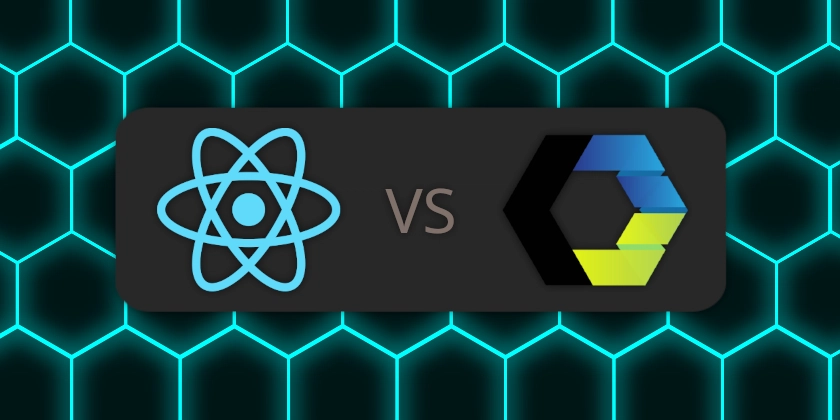
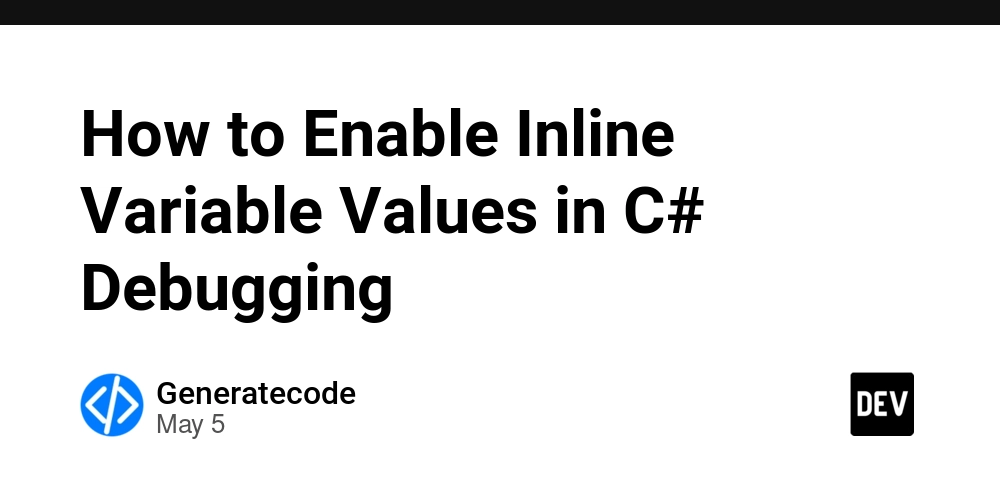














![[DEALS] Microsoft 365: 1-Year Subscription (Family/Up to 6 Users) (23% off) & Other Deals Up To 98% Off – Offers End Soon!](https://www.javacodegeeks.com/wp-content/uploads/2012/12/jcg-logo.jpg)


![From Art School Drop-out to Microsoft Engineer with Shashi Lo [Podcast #170]](https://cdn.hashnode.com/res/hashnode/image/upload/v1746203291209/439bf16b-c820-4fe8-b69e-94d80533b2df.png?#)





























































































































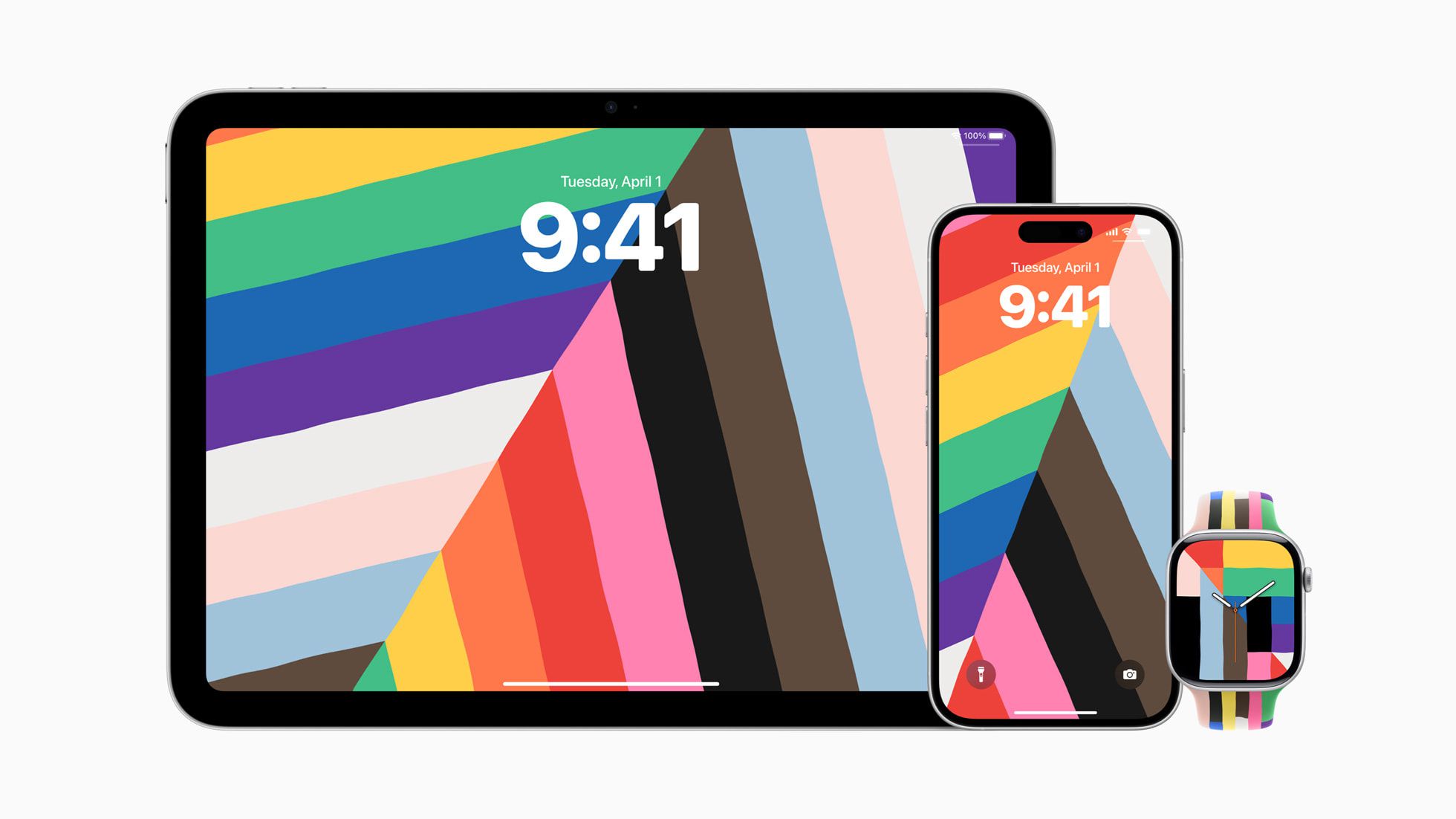










_Inge_Johnsson-Alamy.jpg?width=1280&auto=webp&quality=80&disable=upscale#)

















































































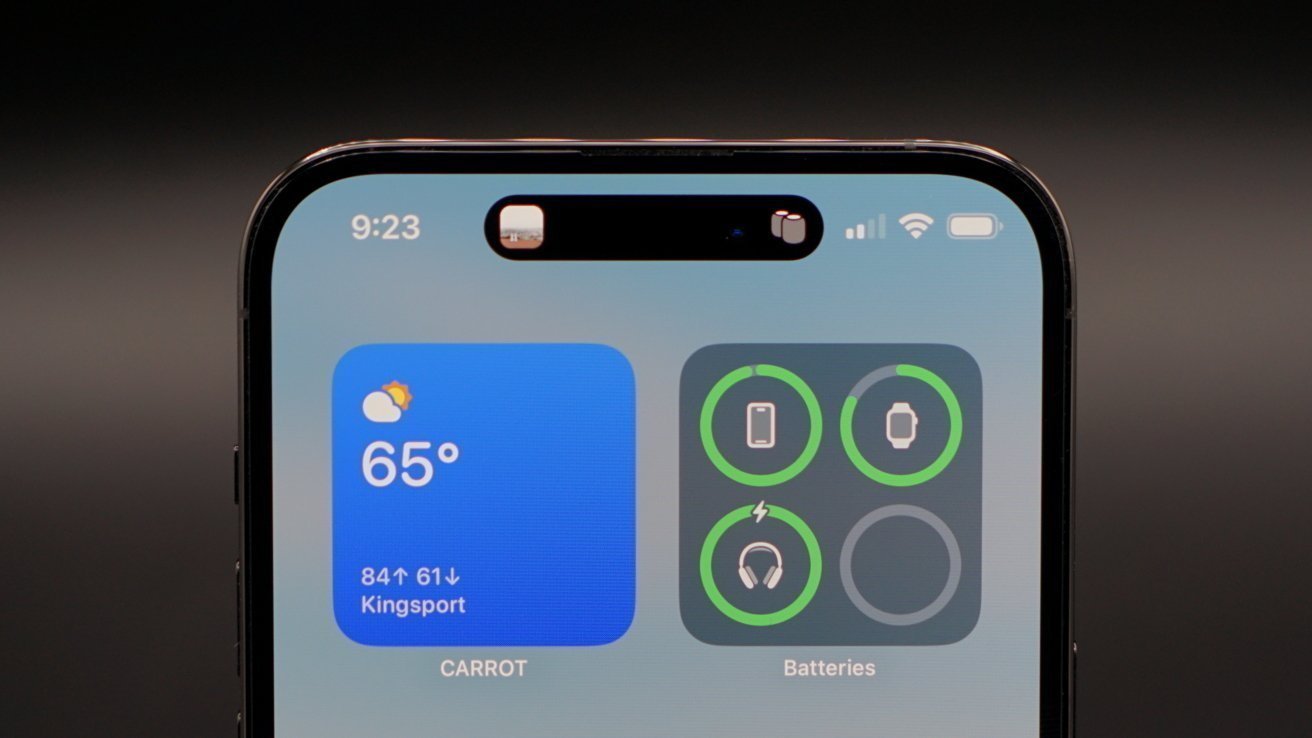

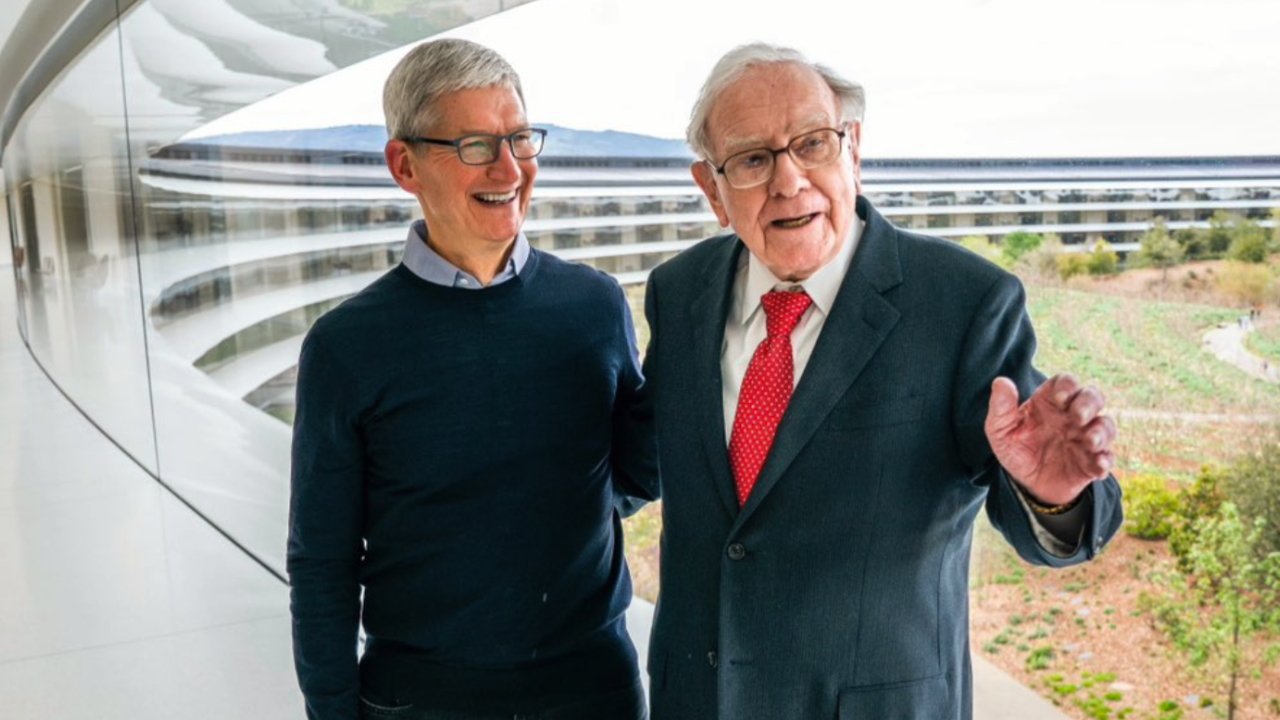













![The Material 3 Expressive redesign of Google Clock leaks out [Gallery]](https://i0.wp.com/9to5google.com/wp-content/uploads/sites/4/2024/03/Google-Clock-v2.jpg?resize=1200%2C628&quality=82&strip=all&ssl=1)
![What Google Messages features are rolling out [May 2025]](https://i0.wp.com/9to5google.com/wp-content/uploads/sites/4/2023/12/google-messages-name-cover.png?resize=1200%2C628&quality=82&strip=all&ssl=1)













![New Apple iPad mini 7 On Sale for $399! [Lowest Price Ever]](https://www.iclarified.com/images/news/96096/96096/96096-640.jpg)
![Apple to Split iPhone Launches Across Fall and Spring in Major Shakeup [Report]](https://www.iclarified.com/images/news/97211/97211/97211-640.jpg)
![Apple to Move Camera to Top Left, Hide Face ID Under Display in iPhone 18 Pro Redesign [Report]](https://www.iclarified.com/images/news/97212/97212/97212-640.jpg)
![Apple Developing Battery Case for iPhone 17 Air Amid Battery Life Concerns [Report]](https://www.iclarified.com/images/news/97208/97208/97208-640.jpg)















